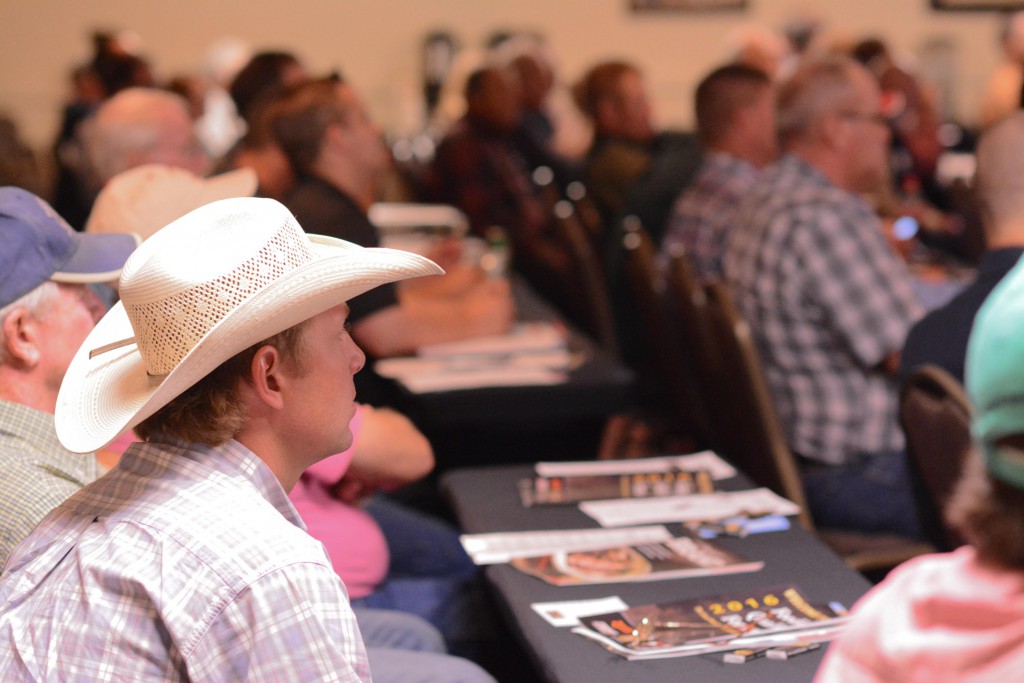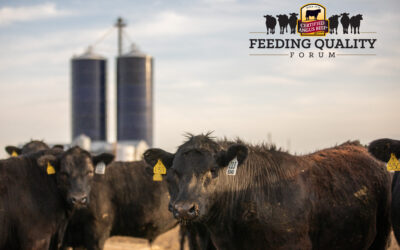You can think that, but you’d be wrong
Brace yourself. Prepare. That was the message I took from last year’s Feeding Quality Forum (FQF).
Before that came other themes: Manage your risk, there’s some glimmering good news amidst the bad; and high prices don’t mean high profits.
I’ve been to all but one of the forums, which we’ve held with allied industry partners since 2006, and the overwhelming summary is LOTS of good information.
But I might lean on Zoetis veterinarian Robin Falkner’s statement to wrap-up the 2016 meetings: “Just because we’ve been doing something for 100 years, doesn’t mean it’s right.”

He was talking about improving stockmanship as a preventative measure, rather than relying solely on veterinarian medicine, but I thought it applied to all topics covered. Especially if we adjust that statement to its positive inverse: “We’re learning new things, and ways of doing things, all the time.”
Here are some myths of yesteryear that our speakers told us are simply not true in today’s year.
- Record yields mean limit down pricing. Not so fast, says Dan Basse, president of Ag Resource. “We not only have big crops, we also have big demand,” the market analyst told us. He predicts record yields of 547 million metric tons of corn, soybeans and wheat. It’s the third year of record grain storage, but still: “I’m really not that bearish on grain price.”
That’s mainly due to weather challenges abroad. Boiled down: If you see a break in the market, lock in your feed price, he says.
- Yield grade was perfected a long time ago. While the measurement was first implemented in the 1960s, it is not exactly perfect as it stands. Ty Lawrence, meat scientist from West Texas A&M University noted, “Carcass weights today are comparable to the live weights of the cattle that were used to develop the yield grade equation.”
Among the other reasons he questions its accuracy: small sample size on original study it was based on (162 head), changes in cutting and marketing methods and improved technology to help with estimates.
- The longer you feed cattle, the more inefficient they get. Maybe once upon a time, but, “Energetic inefficiency is not what it used to be,” Robbi Pritchard, South Dakota State University animal scientist, told the group. Genetics and technology have changed, so feeding cattle longer to improve carcass quality and get more saleable weight per head makes economic sense, regardless of what corn price is doing. Of course, that is at odds with consumer preference, he said.
Also: the idea that calf-feds don’t grade? False, he said. Chalk another one up to genetics.

The day ended with Pete Anderson, Midwest PMS, who told the group that the Choice-Select spread is no longer the distinction of quality, “It’s between Choice and the branded programs.”
Basically all the rules are getting rewritten. “After decades of slow change, the North American cattle and beef industries are undergoing rapid transition,” he said.
Consider that a warning or perhaps more of a motivating statement. You’ve got to learn, keep up, adapt.
May your bottom line be filled with black ink,
Miranda
PS — Thank to our partners – Zoetis, Roto-mix, Feedlot magazine, and Micronutrients – who helped us put together such an informative program.
You may also like
Building Bridges for Better Beef
As the clock ticked past 2:00 a.m., handshakes finally signaled a deal. History was made that Thanksgiving morning in 1997 when a group of producers bought a material interest in what was then Farmland National Beef Packing Company.
Register Now for Feeding Quality Forum
Consumer demand signals spur progress in the cattle business, but producers must be proactive when making changes in their marketing strategy. The Feeding Quality Forum event delivers solutions to market-focused cattlemen who want to get rewarded for raising premium beef.
Taste Drives Demand and Profit
Quality starts long before feedyard rations reach the bunk, and it weighs heavily on the bottom line. Brian Bertelsen, vice president of field operations for U.S. Premium Beef, discussed marbling’s impact on grid marketing at CAB’s annual Feeding Quality Forum.



